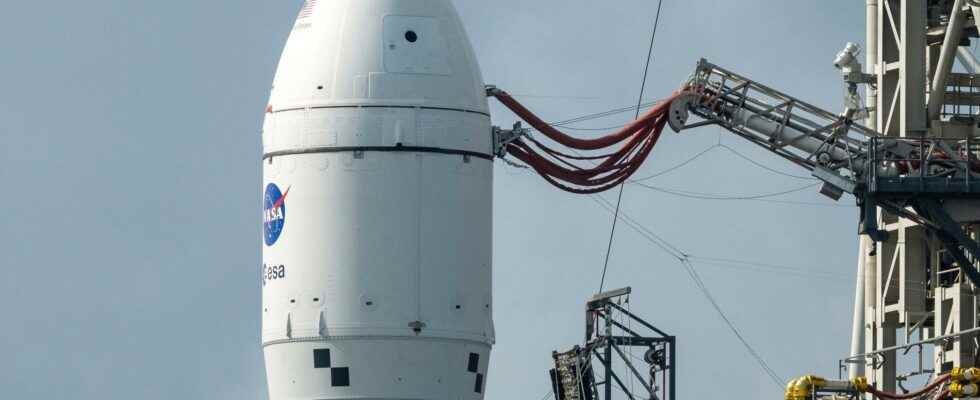Published: Just now
The moon rocket has weathered two hurricanes. Now the question is whether Artemis 1 is able to get going as well. On Wednesday, the third attempt is made with the problematic construction.
The Artemis project is intended to establish a more permanent human presence on the Moon. But so far, the first test rocket has not even been able to leave the Earth’s surface.
The latest nail biter came last week, when Hurricane Nicole threatened the rocket launch pad at Cape Canaveral in Florida. But the US space agency Nasa had ice in its stomach: Artemis 1 had to remain outdoors and managed without damage.
Rolling the rocket back into the hangar is a big and expensive job, which would have meant further delays. One such occurred in September, when Hurricane Ian forced Nasa to move the rocket indoors.
Even before that, the rocket system, called SLS (Space Launch System), had major problems – which meant that two launch attempts failed.
The fuel consists, among other things, of liquid nitrogen, which must be kept super cold and is very sensitive to leakage. The nitrogen molecule is the smallest there is, so it is extra difficult to make containers and lines safe. But when a space rocket takes off, on the other hand, the fuel lines from the ramp must detach. Nasa has struggled a lot with how the tank system works at the crucial moment when the rocket lifts off from Earth.
If they have succeeded, Artemis 1 can finally get underway on Wednesday morning Swedish time.
This first test flight is not manned, nor will it land on the moon. On later trips, the Artemis rockets are supposed to bring material to a new base on our nearest celestial body. The lunar base is intended to eventually become a starting point for expeditions to Mars.
